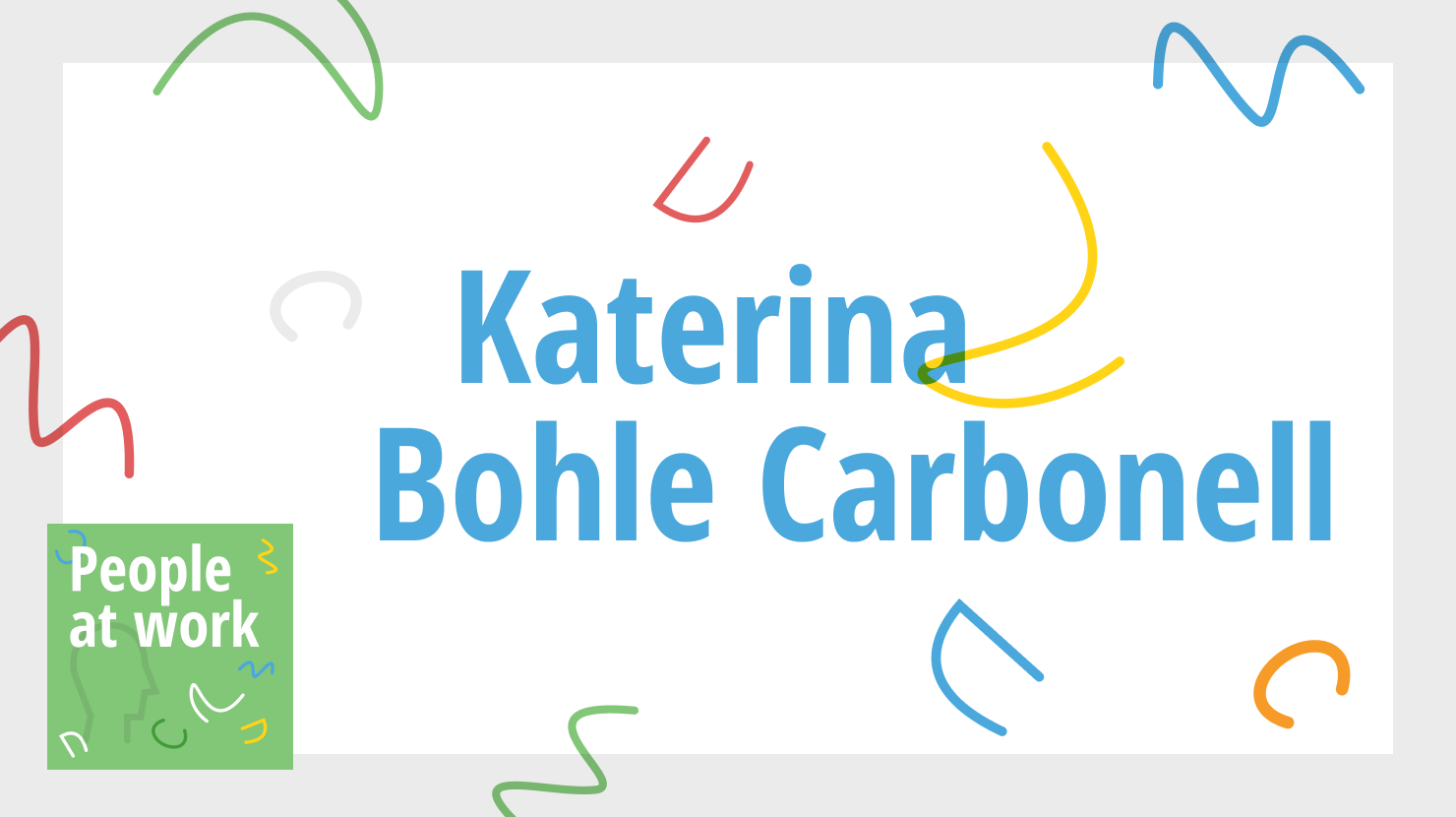
2 min read
Katerina Bohle Carbonell explains how employee data can help us better understand how specific cultural values connect people and teams.
By Bev Attfield
Could we make better decisions if we were able to analyze not only what employees say but how they say it? Researcher Katerina Bohle Carbonell says yes.
By studying the words and phrases people use in the course of work, along with the frequency of symbols like emojis, we can tell a lot about how effective communication is, what people are feeling, and how engaged they are.
Not only that, we can use this information to understand how specific cultural values can connect people and teams, especially those that are geographically dispersed.
In this fascinating conversation, Katerina talks about the importance of data in building meaningful relationships and engagement across employees. We also dig into how data is a key driver in understanding how successful leaders are in creating psychologically safe work environments where people can be themselves, feel high degrees of trust, and make mistakes without fear.
In sum, Katerina believes that without data, we can’t make informed people decisions, for any type of employee, let alone those who are physically remote. If you’re responsible for people decisions, this podcast is a must-listen.
“Managers need to have data in order to make better people related decisions.”
Katerina Bohle Carbonell
People Analyst, NetNigma
Katerina can't stop seeing the world as a web of interconnected people, tools, and emotions. She believes everything is constantly in motion, influencing and being influenced.
Resources
Blog post on measuring team alignment: How well is your team aligned?
Interview about cultural homelessness
An insight into what I think about education and what the impact remote work has for business school
Read more by
Bev Attfield
Jostle’s employee success platform is where everyone connects, communicates, and celebrates at work. Find out more at jostle.me. © 2009–2024 Jostle Corporation. All rights reserved.